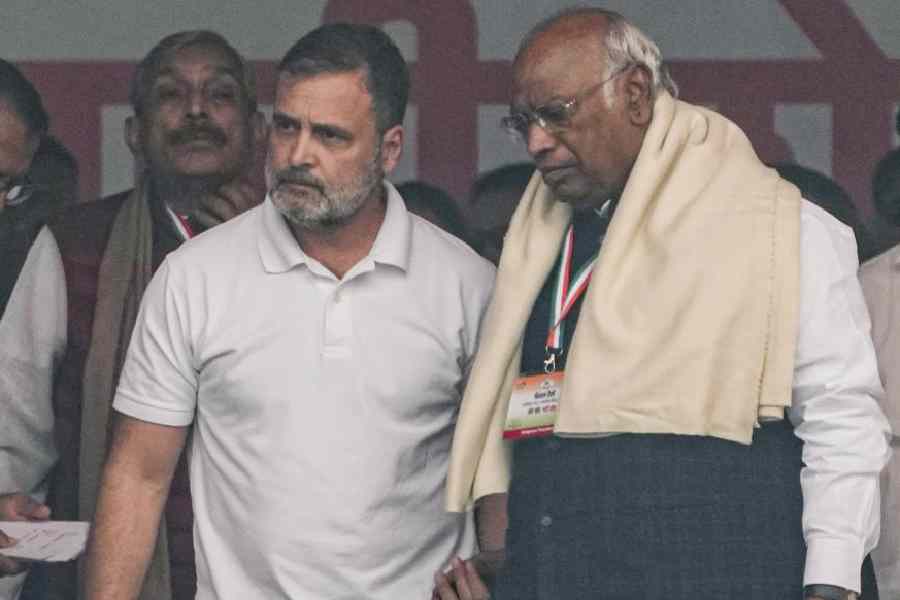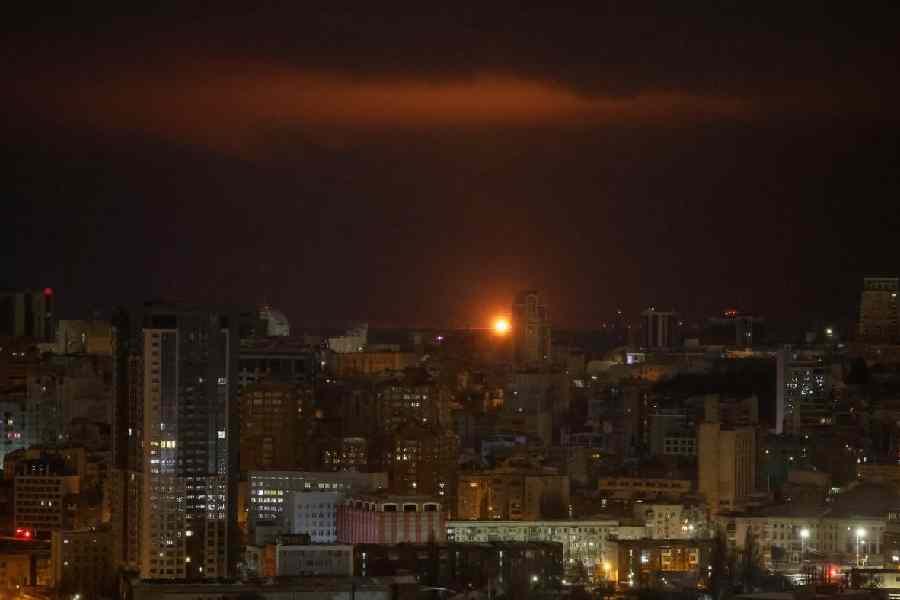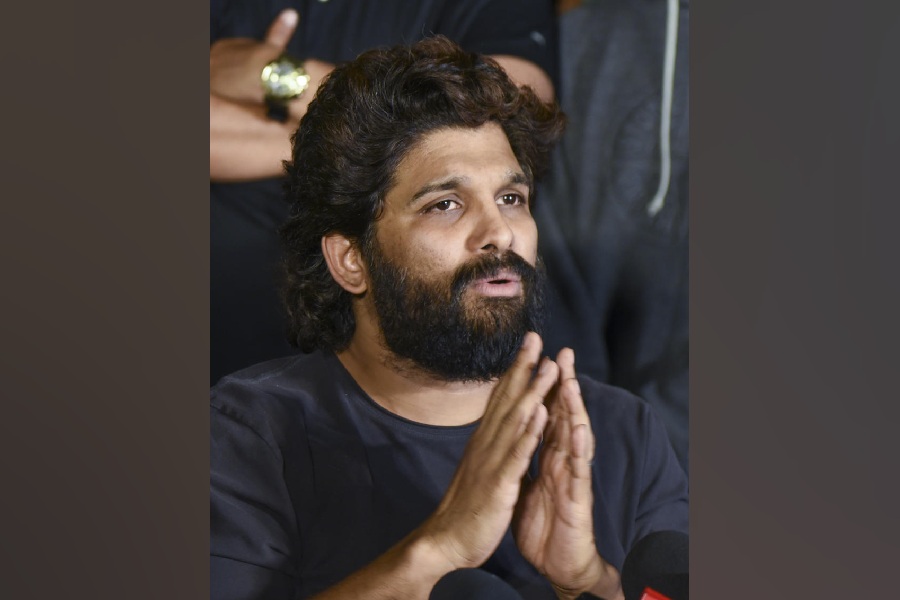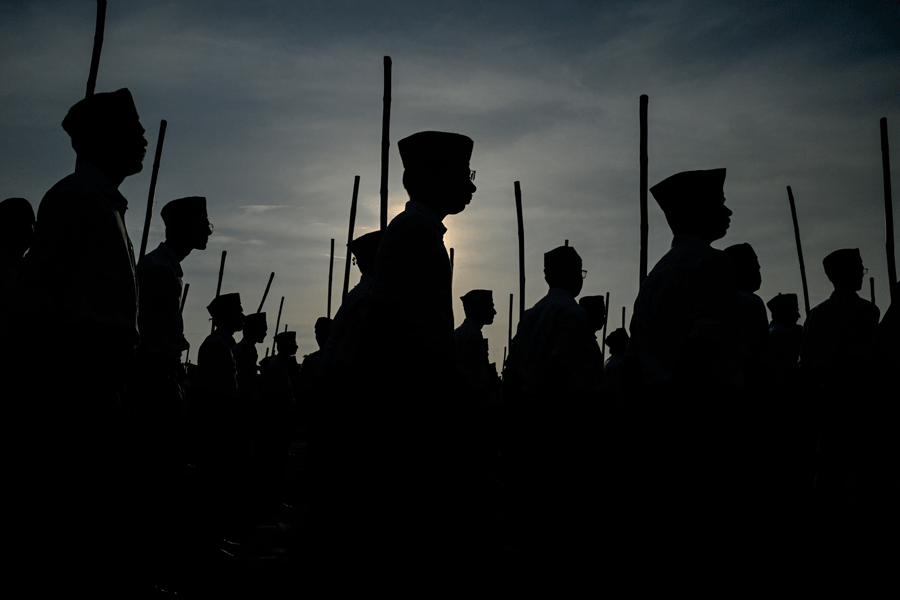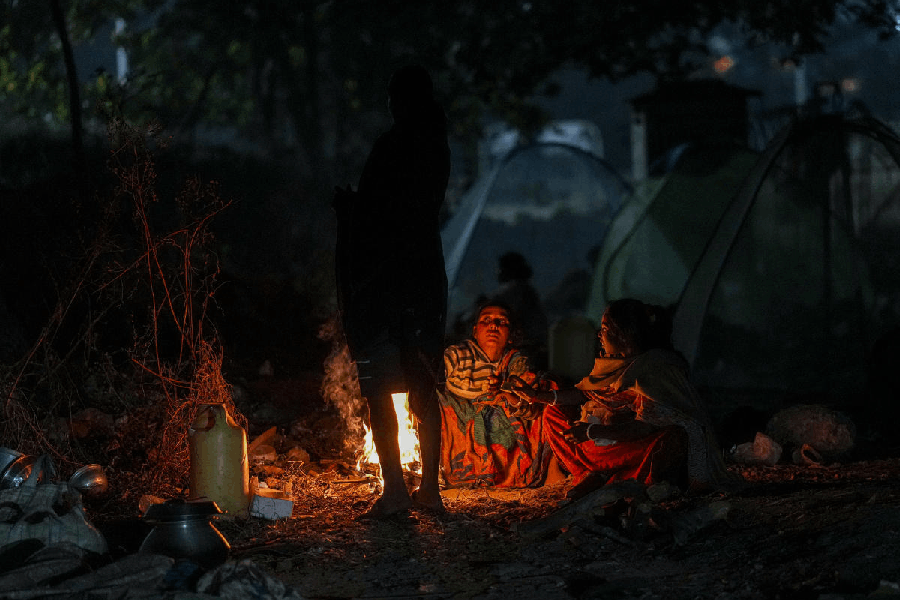 |
In an interesting introduction to hill stations, the historian, Dane Kennedy, likens them to “sentinels over heat-shimmering plains... curious monuments to the British colonial presence”. One does not quite know why Kennedy felt that they were a bit of a curiosity, as certainly, in India, their continued and, in fact, growing attraction long after Independence would indicate otherwise. The expression, “going to the hills”, has without too much difficulty been adopted enthusiastically by Indian middle-class travellers, there being different ‘seasons’ for Bengalis, Gujaratis, Tamilians and so on. While the top favourites remain Darjeeling, Ootacamund, Mahabaleshwar, Simla, Mussoorie and Nainital, there are many others, some less known today although they had been very popular over a century ago. A number started out as sanatoriums, health resorts not only for patients of tuberculosis but also for others weary and sick from living in the fetid plains of India.
An early explorer in the region around present-day Matheran, Colonel Walter Sinclair Delamain, wrote in 1822 that it was only about 20 miles (driving distance of 54 kilometres today) from Bombay harbour; while there, he found “very rich scenery... [i]n every direction, noble mountains”. However, a true discovery of Matheran had to wait till a couple of decades later. In 1850, Hugh Poyntz Malet of the Indian Civil Service, who was the collector at Thana (Thane), happened to camp under the spur of the hill that was later to become Matheran. His early peregrinations in the region convinced him that its clean air and water made it an ideal spot for a sanatorium. Soon, it became a holiday retreat for Malet and a group of friends — and in no time they memorialized themselves in this picturesque spot that overlooked the Sahayadris: Louisa Point (see photograph) was named after the wife of the revenue commissioner, E.G. Fawcett, Alexander Point after a guest, and the founder of this little sylvan haven is to this day remembered in Malet Spring, a natural water source near the Post Office.
At the beginning of the 20th century, an ardent Matheranite, A.K. Oliver, wrote its history (The Hill Station of Matheran), suitably embellished with photographs and pithy descriptions. She informs us that by 1853, applications were being invited by those who wanted to lease building sites on the same terms as for the estates at Mahabaleshwar and soon over 70 applications were received; while most were by Britons — including Lord Elphinstone, then governor of Bombay — there was a fair sprinkling of Parsis, prominent among them being Sir Jamsetjee Jejeebhoy. A year later, railway access to the rail head at Neral made life easier for those visitors and residents who had earlier crossed the harbour by a private yacht or ‘bunder boat’ — coastal boat — to Panvel; from there it was a 12-mile ride to Chowk, the start of the ascent. The author provides some extremely insightful comments on the decline of the area after the Share Mania of 1864-65 — speculation following the growing European demand for Indian cotton during the American Civil War (1861) — leading to “a period of commercial failures”. A general depression of trade meant that “for a space of nearly twenty years scarcely another house was added to the list”. The plague of 1899 changed things somewhat and Matheran became popular once more; land prices went up and a plot of five acres “was disposed of for Rs 2,300”. In any event, by this time, as private investors were more significant than the government, a primary charm of Matheran was the absence of officialdom.
By now the town had a sanatorium and, although 2,500 feet above sea level was not much of an elevation, its main attraction was “the luxuriance of its forests”, and proximity to the sea, only eight miles away, ensured a gentle breeze. The local school up to standard IV was supported by the government’s ‘Hill Fund’ and expectedly, most students were boys, although “a few girls may be sometimes included”. The monthly fee varied from two to five annas. While postal services had come to India in the 1840s, the local post office was only open from October to June where foreign mail letters could be posted till 6.30 on Saturday mornings. Perhaps of most interest to readers today was the Karsondas Mulji Library started by Damodar Gordhandass in a building that cost Rs 5,000. The superintendent, usually a surgeon, bureaucrat or an army officer, was the de facto ‘ruler’ of Matheran: he ran the library — even though it had a board of Indian trustees — was “ex-officio Forest officer; ex officio Assistant to the Collector of Kolaba, and a Magistrate invested with such powers as may be accorded by Government to the individual officer”. He too, operated in the hill station for only the months between October and June. After that, heavy monsoon rains made it inaccessible, and indeed unpleasant. Oliver comments that for over 50 years, the hill station managed with “an apology for a dispensary”, more than adequate proof of the “healthfulness of Matheran”. In 1902, it was Parsi munificence that led to the establishment of the Byramjee Jeejeebhoy Hospital, set up for “the benefit of the poor of Matheran”.
In case the reader feels that Oliver’s book reads as an useful addendum to the relevant district gazetteer, one has only to move on to her first-person account of electric storms that wrecked havoc on homes. She recalled a historic storm in May 1886 in graphic detail. Roofs of corrugated sheeting covered with thatch became instant tinderboxes that ignited as a bolt of lightning entered like “a globular ball of fire” rushing through rooms, setting furniture on fire, killing a servant and traumatizing a chained dog. Lightning came down from the treetops to be met by tongues of fire that leapt from the ground — and strangest of all, there was a deathly silence: “beyond a curious, swishing, hissing sound which accompanied each flash, no explosion followed”. The storm put paid to the season as visitors left in shoals — only to be back next year.
Matheran’s dominant physical features are its hilltop, with rocky headlands known as points. Walking and exploring were favourite activities, and Oliver cites a most useful — if not ominous — guide provided by a Mr Maclaren, executive engineer, to various walks, their hazards and local names. Excursions should be with companions — “or at least a coolie” as the path “skirts dangerously near the edge of cliff [sic]”. An accident might result in a person lying undiscovered for hours; with nightfall, “he would either have to seek refuge in a tree, till daylight showed him his bearings, or he might spend hours wandering in helpless confusion amongst a labyrinth of paths”; a moonless night would compound his distress. Not to be too discouraging, Maclaren provided a list of paths to be followed to villages below; hence, from Porcupine Point, one needed to go down Wag Wady path and the Lak-Laky path would take one from Alexander Point to a nearby village. Even more interesting are the tonjon (litter) bearers’ Hobson-Jobsonesque coinage of place name equivalents put together by a contributor to ‘Matheran Jottings’: as the bearers were unlikely to remember the English names of likely destinations, they had come up with Pandurang Point for Panorama Point, while Porcupine Point became Palki Point and most houses were named after their owners. After all, what else could Elphinstone Lodge be but ‘Governor cha bangla’?
By the time that Oliver wrote her handy little book, the popularity of Matheran among the rulers had declined; Kashmir was increasingly a favoured destination as were the ‘Neilgherries’. As the British moved on, increasingly affluent Indians found the small hill station attractive, buying up properties and putting down roots. The undoubted charm of being “a refuge of peace for the brain-fagged” appealed equally to residents of an increasingly crowded and restless Bombay and its urban environs.


